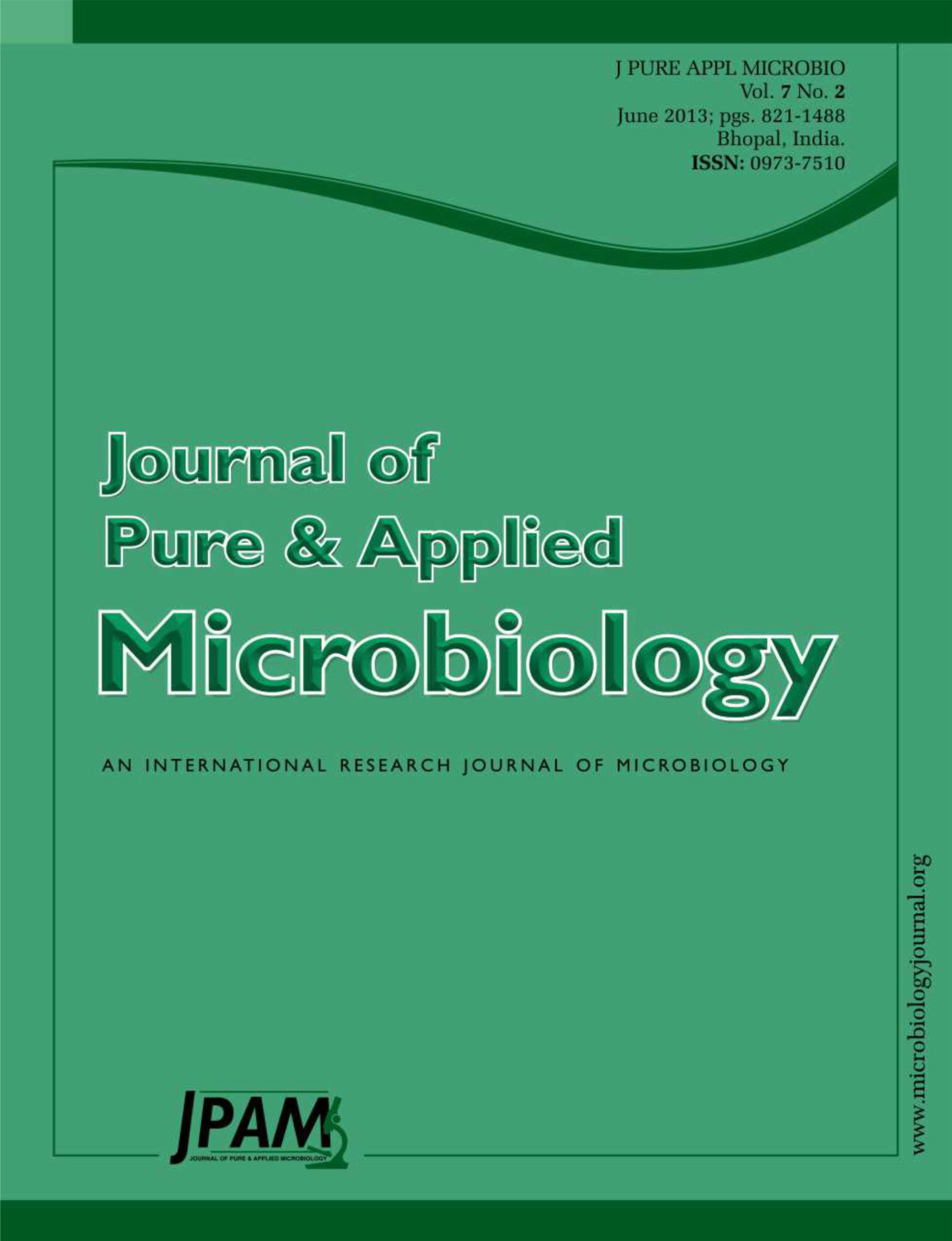The antifungal potential of Dunaliella salina and Phormidium autumnale were evaluated against plant pathogenic fungi; Alternaria alternata, Cladosporium sp., Fusarium solani, Fusarium sp., and Fusarium oxysporum. Water, acetone, methanol and Methanol: Acetone: Diethyl ether extracts of tested algae showed weak to strong activity against one or more than one tested plant pathogenic fungi. However, none was able to inhibit the growth of A. alternata. The extracts prepared with the mixture of methanol, acetone and diethyl ether were found highly effective in controlling the growth of most of the plant pathogenic fungi, followed by methanol, acetone and water. Extract with combination of the three solvents methanol, acetone and diethyl ether of D. salina caused maximum reduction in the growth of F. oxysporum (64.4%). Whereas, Methanol:Acetone:Diethyl ether extract of P. autumnale exhibits maximum growth reduction against F. solani (62.2%). Water extract of D. salina registered almost negligible reduction in the mycelial growth of Cladosporium sp (0.1%). The crude extracts of algal species were analyzed by gas chromatography-mass spectrometry (GC-MS) and the main component in the crude extract of P. autumnale was 1-Hexyl-2-Nitrocyclohexane (91.7%) whereas in the extract of D. salina, 3-Methyl-2-(2-Oxopropyl) Furan (90%) was detected. Some important compounds; Butanal and Octanal were also detected in these crude extracts. This study will be helpful in exploring the suitable environmental friendly fungicides to be used against plant pathogenic fungi.
Antifungal activity, Crude extracts, Algae, Plant pathogenic fungi, GC-MS
© The Author(s) 2014. Open Access. This article is distributed under the terms of the Creative Commons Attribution 4.0 International License which permits unrestricted use, sharing, distribution, and reproduction in any medium, provided you give appropriate credit to the original author(s) and the source, provide a link to the Creative Commons license, and indicate if changes were made.


